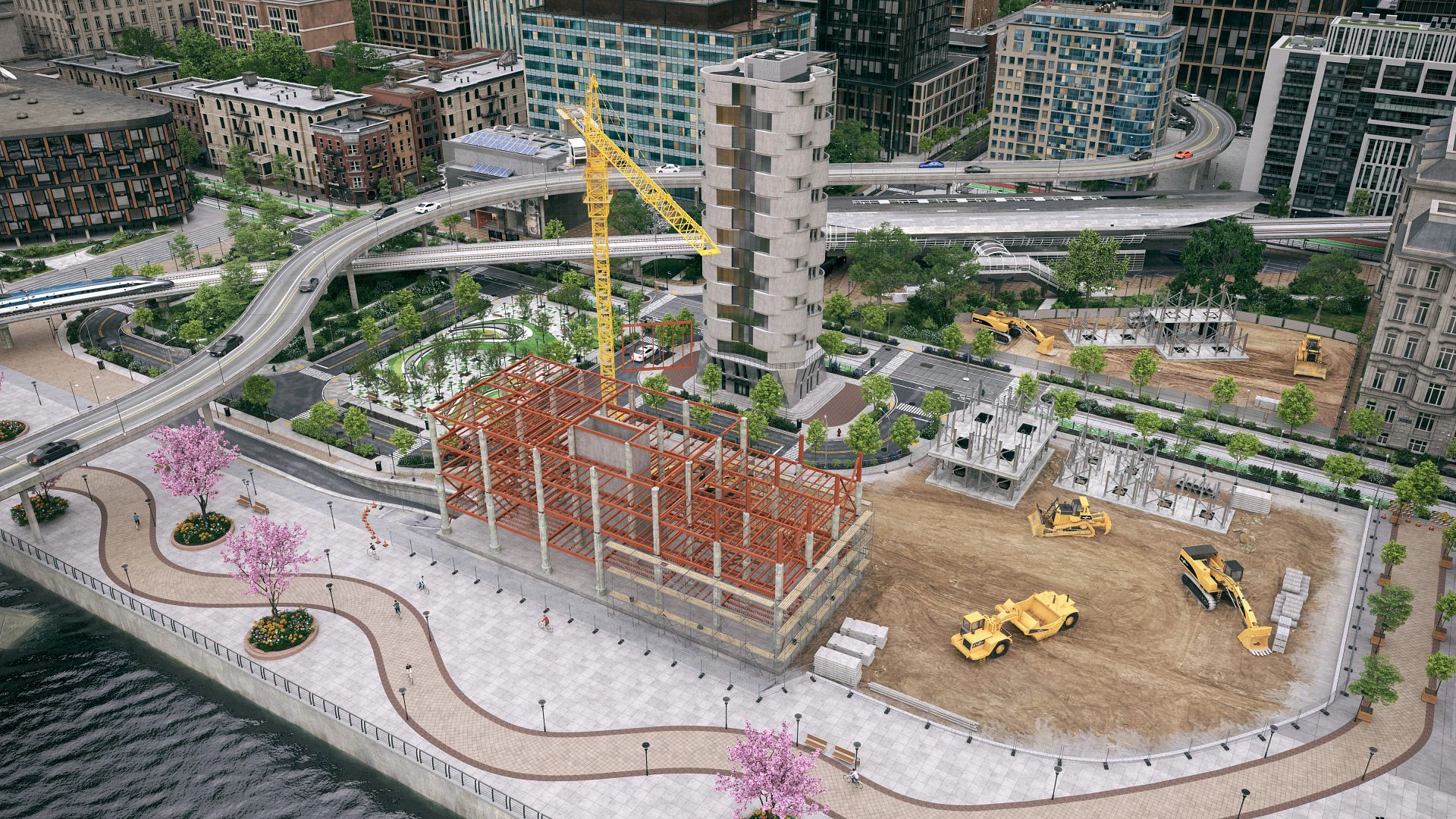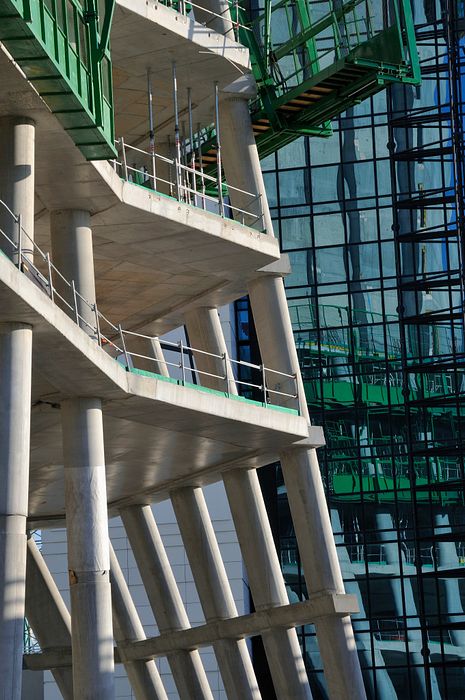
The superstructure is the component constructed above ground level, while the substructure is the component built below the ground level. The superstructure may seem superior to the substructure as it is typically much longer than the substructure. However, both parts are critical to the stability of any building type.
This article discusses the key differences between the superstructure and substructure and their applications in construction.
Table of contents:
Some parts of the superstructure may include;

The substructure refers to the portion of the building that sits below the ground. The substructure distributes the weight of the building to the ground beneath the building. The superstructure is thus built right against the soil. The substructure can make or break a structure. It is crucial to work with structural engineers to ensure that the piers, support beams, and foundations within the substructure do not collapse.
The substructure base is constructed using either reinforced cement concrete or plain cement concrete. The cement concrete is covered with bricks or stone and additional concrete to the desired plinth level. A damp-proof course is then laid on top to prevent moisture from penetrating the substructure.
| Superstructure | Substructure |
| The portion of a building built above ground level | The part of a building built below ground level |
| May include walls, floors, beams, windows, doors, and columns | It consists of the foundation, abutment, and pier |
| Transfers loads from the upper part of the building to the substructure | Transfers loads from the superstructure to the soil underneath the building |
| It covers the portion of the building that is below the plinth | It covers the part of the building from the top of the plinth to the top of the building |
| Provides living space and protects the building from the elements | It supports the structure and prevents it from collapsing |
The superstructure and the substructure are essential components of a building construction project. The superstructure is the visible part of a building that sits above ground. It starts from the ground floor to the top of the building, while the substructure is the portion below the soil, that is, the foundation.
Project managers should not underestimate the importance of the substructure. It is worth spending a significant amount of time building a solid substructure to provide adequate support to the superstructure. It is equally important to work with sound structural engineers to ensure that the supporting columns and foundations within the substructure do not collapse.
Looking for more construction resources? You can find ebooks, checklists, videos, and webinars on our Resource Center.
